
I take care of adolescents & adults with congenital heart disease. #MedPeds #ACHD @BostonChildrens @BrighamWomens. Clinics in Boston, Providence, & Lebanon, NH.
How to get URL link on X (Twitter) App

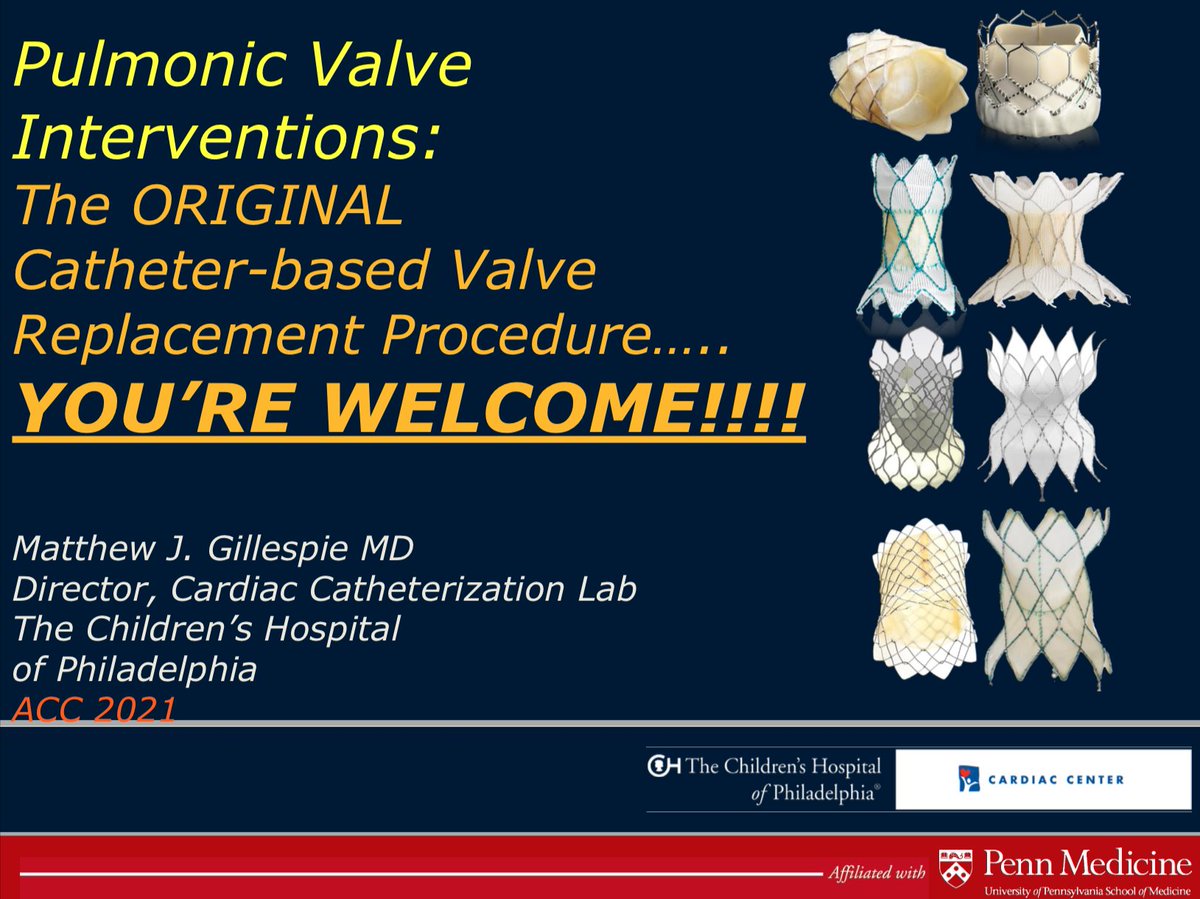
 Who needs pulmonary valve replacement?
Who needs pulmonary valve replacement?


 In @abbykhanmd's talk Saturday, she highlighted three commonly used risk models for predicting adverse outcomes in pregnant women with heart disease: the modified WHO criteria, CARPREG II, and ZAHARA. #ACC21
In @abbykhanmd's talk Saturday, she highlighted three commonly used risk models for predicting adverse outcomes in pregnant women with heart disease: the modified WHO criteria, CARPREG II, and ZAHARA. #ACC21 https://twitter.com/FredWuMD/status/1393603856907612172?s=20

https://twitter.com/FredWuMD/status/1393601868186755072Keep this chart in mind. Pregnancy is a prolonged period of cardiovascular stress with increased cardiac output, plasma volume, and heart rate. Things get really interesting during labor/delivery with acute increases in BP and CO.

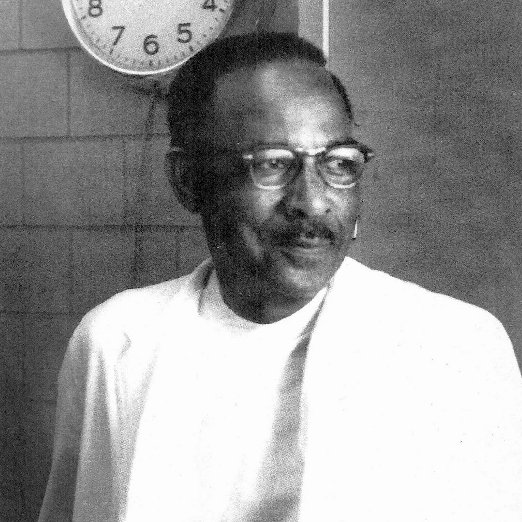
 After graduating from high school, Thomas enrolled at Tennessee Agricultural & Industrial State College (now @TSUedu) as a pre-med. Unfortunately, the Great Depression depleted his savings, so he left college and found work as an assistant in Alfred Blalock's lab at @VUmedicine.
After graduating from high school, Thomas enrolled at Tennessee Agricultural & Industrial State College (now @TSUedu) as a pre-med. Unfortunately, the Great Depression depleted his savings, so he left college and found work as an assistant in Alfred Blalock's lab at @VUmedicine. 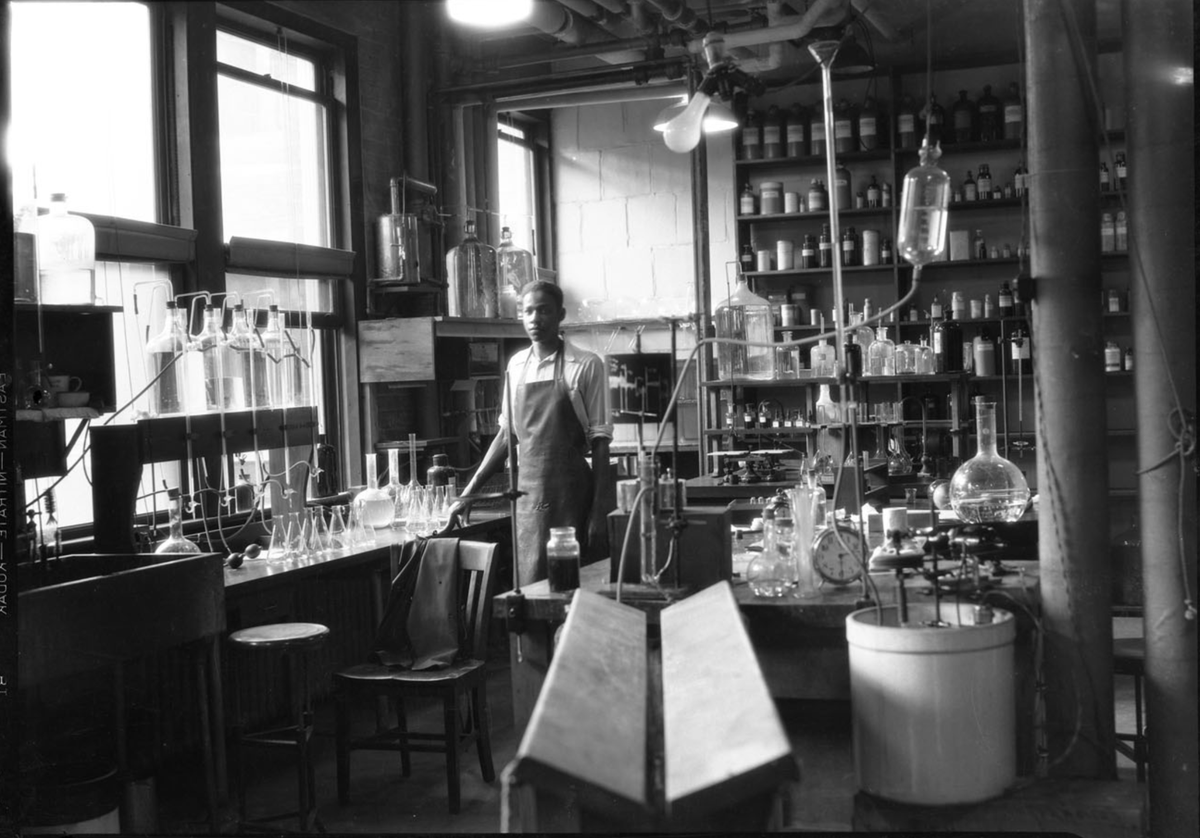

 In the early 1950s, few cardiac anomalies could be corrected or palliated. Valve stenosis had been treated with valvotomy. PDA and CoA had been repaired in 1938 and 1944. And kids with tetralogy of Fallot were being palliated with Blalock-Taussig shunts.
In the early 1950s, few cardiac anomalies could be corrected or palliated. Valve stenosis had been treated with valvotomy. PDA and CoA had been repaired in 1938 and 1944. And kids with tetralogy of Fallot were being palliated with Blalock-Taussig shunts. https://twitter.com/FredWuMD/status/1068216748875362304?s=20
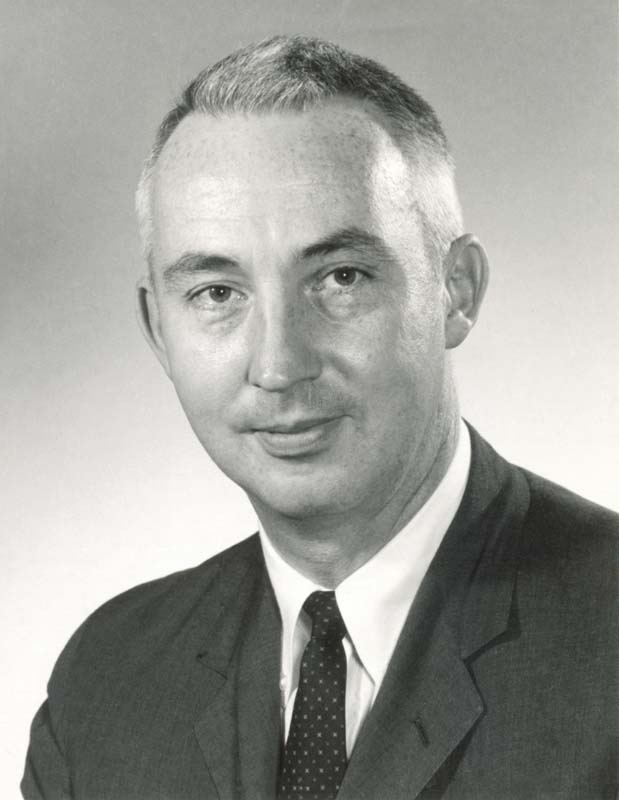

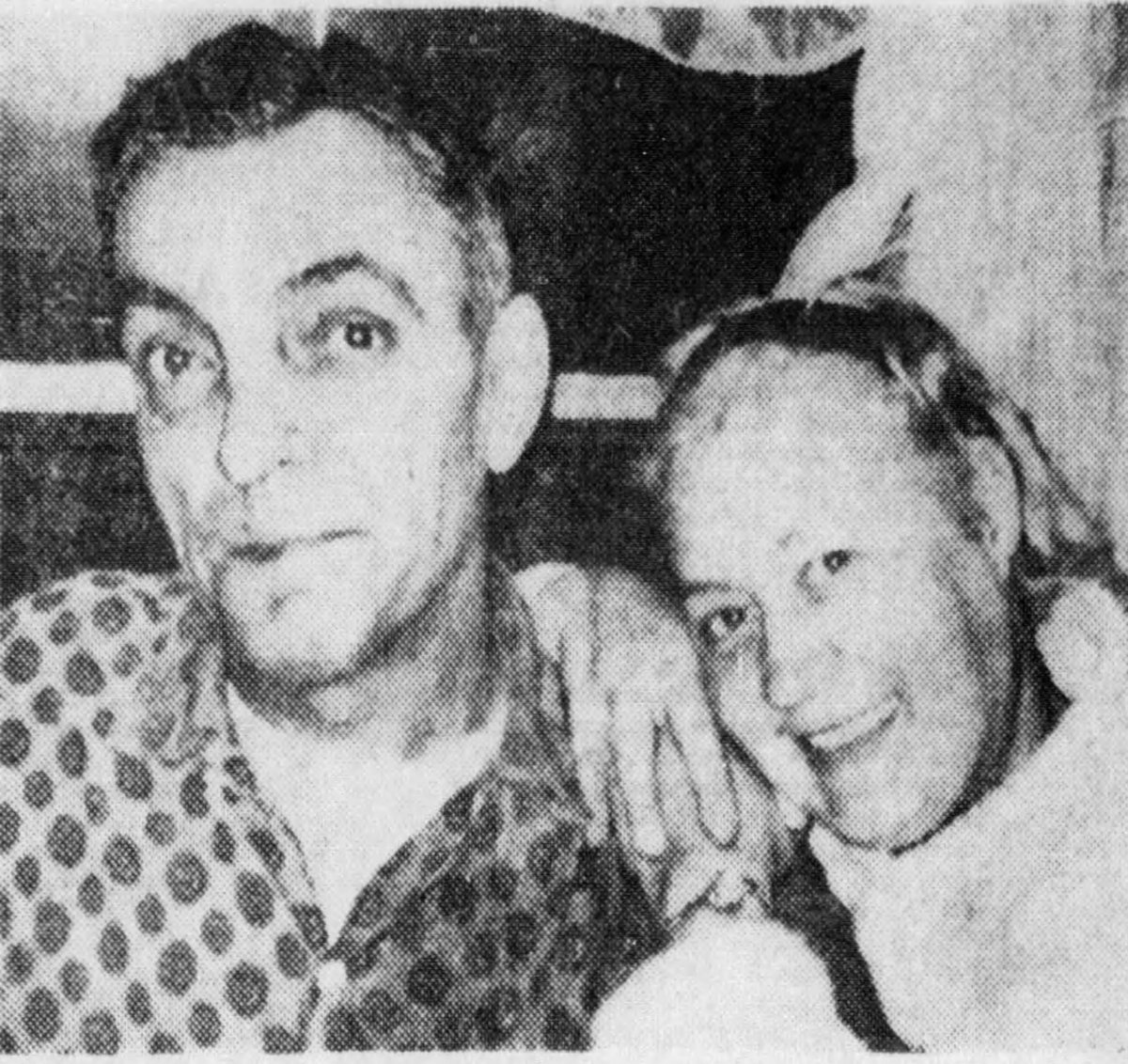
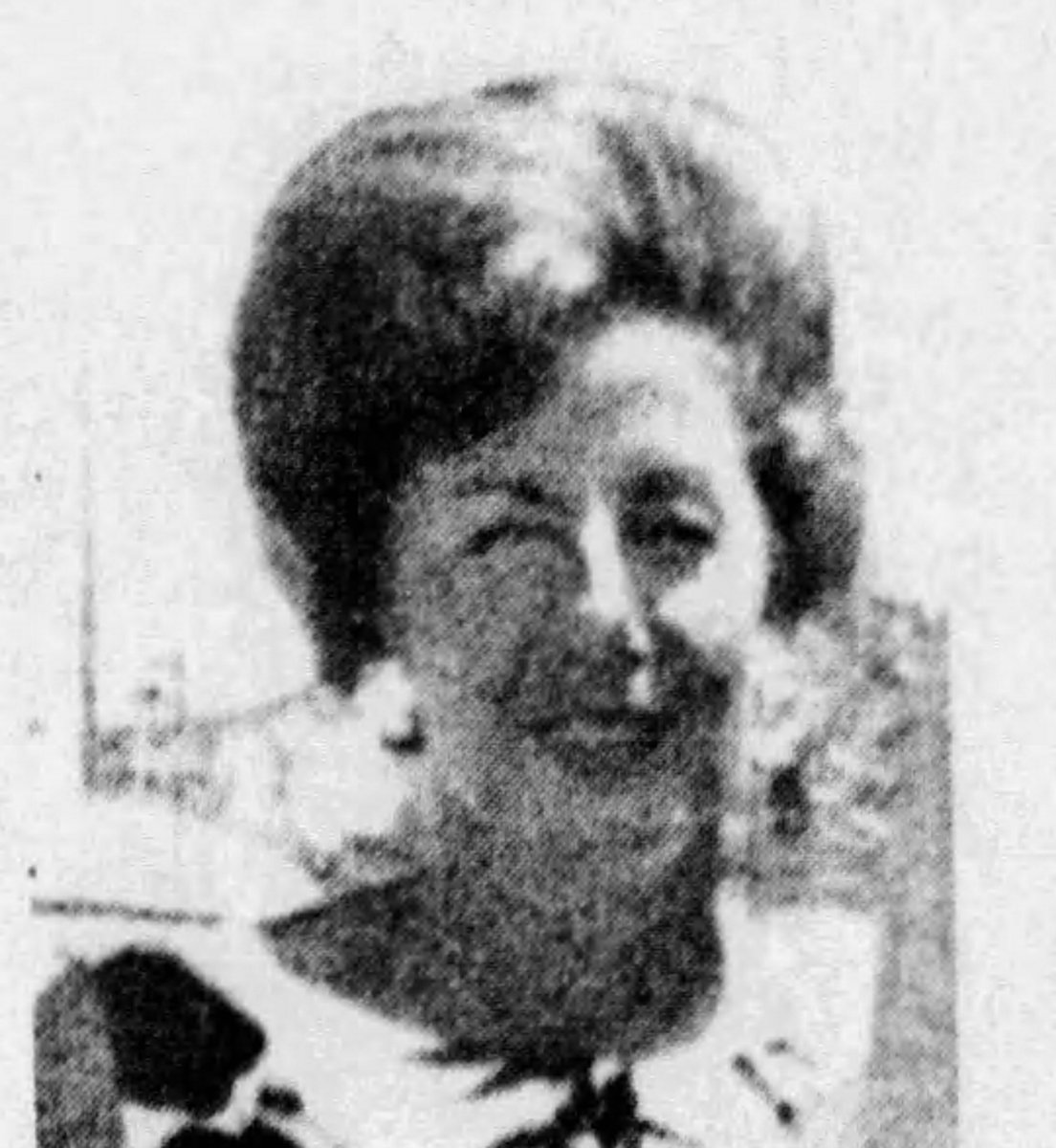 By 1967, Shumway had already spent over a decade researching heart transplantation. In 1959, he and Richard Lower had performed the world's first successful heart transplant in a dog. Thus it was widely expected that he would be the first to perform a human heart transplant.
By 1967, Shumway had already spent over a decade researching heart transplantation. In 1959, he and Richard Lower had performed the world's first successful heart transplant in a dog. Thus it was widely expected that he would be the first to perform a human heart transplant. 

https://twitter.com/FredWuMD/status/1069617729269719040Just for fun, let's see if you guys can guess the order in which countries performed their first respective heart transplants... I'll start with Christiaan Barnard's first transplant in South Africa and go through them in chronological order. I think you might be surprised!

 Smallpox is a viral infection that has been around for millennia. It was characterized by a fever followed by an eruption of skin lesions that ranged from very mild to overwhelming and lethal. Ramses V, who died in 1156 BCE, is believed to be one of the earliest known cases.
Smallpox is a viral infection that has been around for millennia. It was characterized by a fever followed by an eruption of skin lesions that ranged from very mild to overwhelming and lethal. Ramses V, who died in 1156 BCE, is believed to be one of the earliest known cases. 
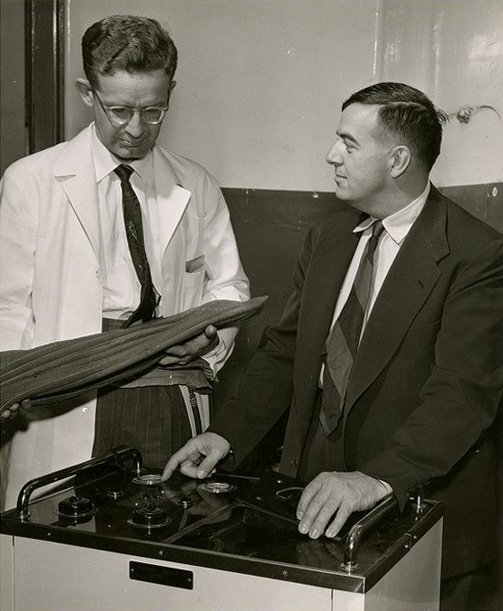
 Using cooling blankets, Jacqueline was cooled to 28°C before her chest was opened, her systemic veins and pulmonary artery were clamped, and her right atrium opened. In the photo Lewis appears at the near side of the table. Standing on a stool behind him is Dr. Walt Lillehei.
Using cooling blankets, Jacqueline was cooled to 28°C before her chest was opened, her systemic veins and pulmonary artery were clamped, and her right atrium opened. In the photo Lewis appears at the near side of the table. Standing on a stool behind him is Dr. Walt Lillehei. 
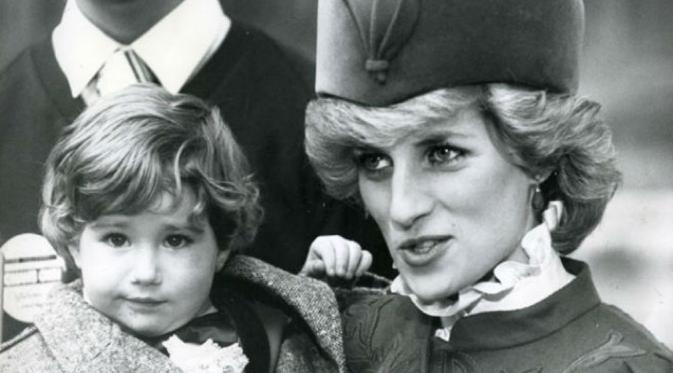
 Jamie was born with hypoplastic left heart syndrome (#HLHS). Surgical options then were few. Bill Norwood had only just published his initial series on HLHS palliation; most centers remained wary. In 1984, another baby with HLHS, Baby Fae, received a baboon heart transplant.
Jamie was born with hypoplastic left heart syndrome (#HLHS). Surgical options then were few. Bill Norwood had only just published his initial series on HLHS palliation; most centers remained wary. In 1984, another baby with HLHS, Baby Fae, received a baboon heart transplant. 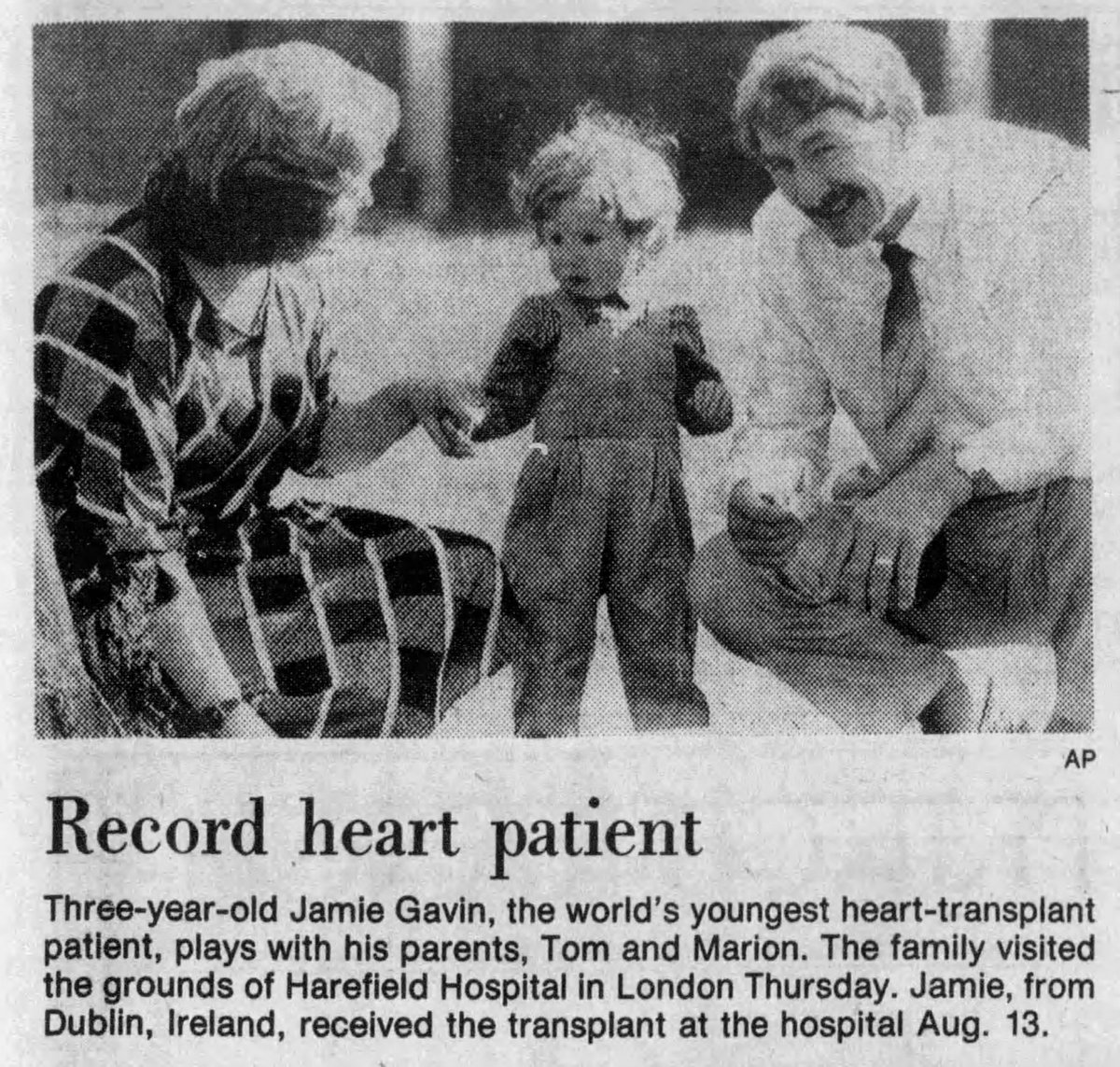
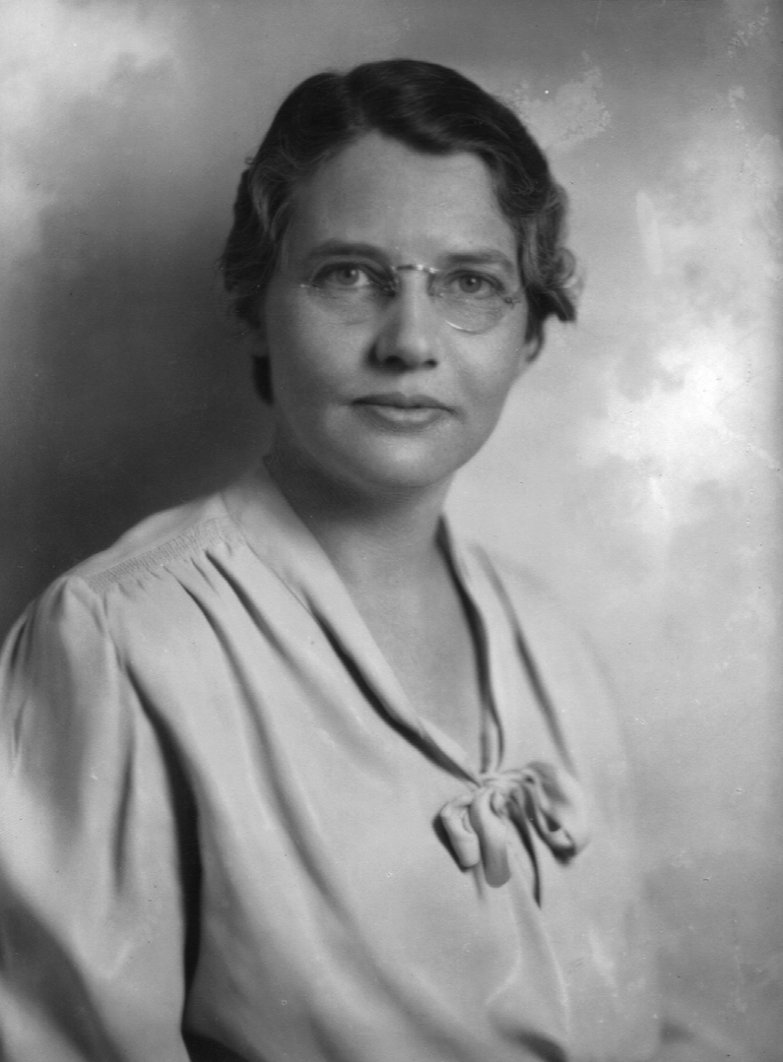
 As several others have pointed out, Dr. Taussig persisted in the face of great adversity—no small part of which was due to her gender at a time when medicine was dominated by men—to become one of the most influential physicians of our time. A few highlights...
As several others have pointed out, Dr. Taussig persisted in the face of great adversity—no small part of which was due to her gender at a time when medicine was dominated by men—to become one of the most influential physicians of our time. A few highlights...